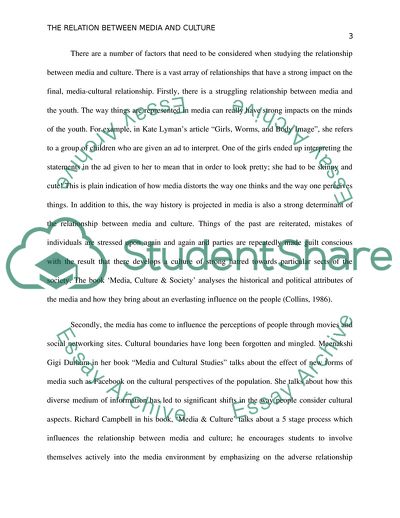Cite this document
(The Relation between Media and Culture Essay Example | Topics and Well Written Essays - 1500 words, n.d.)
The Relation between Media and Culture Essay Example | Topics and Well Written Essays - 1500 words. https://studentshare.org/media/1788168-mass-communications
The Relation between Media and Culture Essay Example | Topics and Well Written Essays - 1500 words. https://studentshare.org/media/1788168-mass-communications
(The Relation Between Media and Culture Essay Example | Topics and Well Written Essays - 1500 Words)
The Relation Between Media and Culture Essay Example | Topics and Well Written Essays - 1500 Words. https://studentshare.org/media/1788168-mass-communications.
The Relation Between Media and Culture Essay Example | Topics and Well Written Essays - 1500 Words. https://studentshare.org/media/1788168-mass-communications.
“The Relation Between Media and Culture Essay Example | Topics and Well Written Essays - 1500 Words”. https://studentshare.org/media/1788168-mass-communications.


